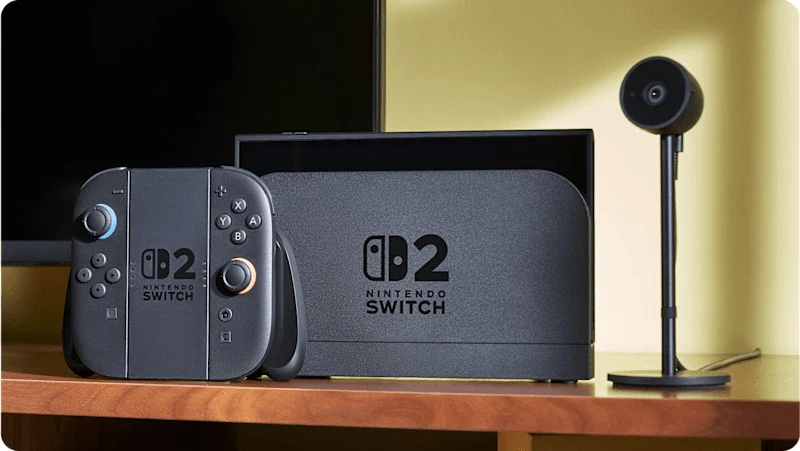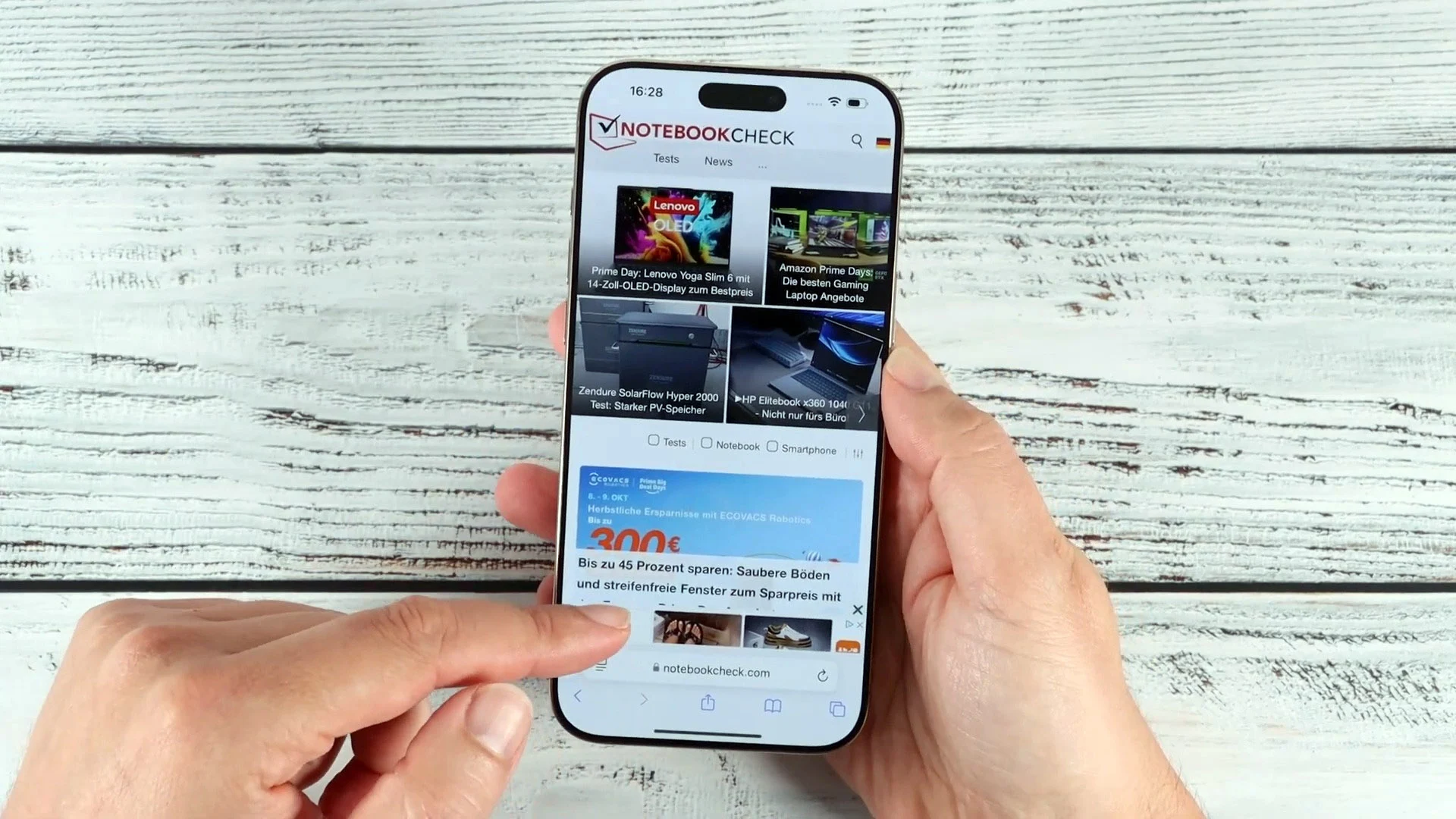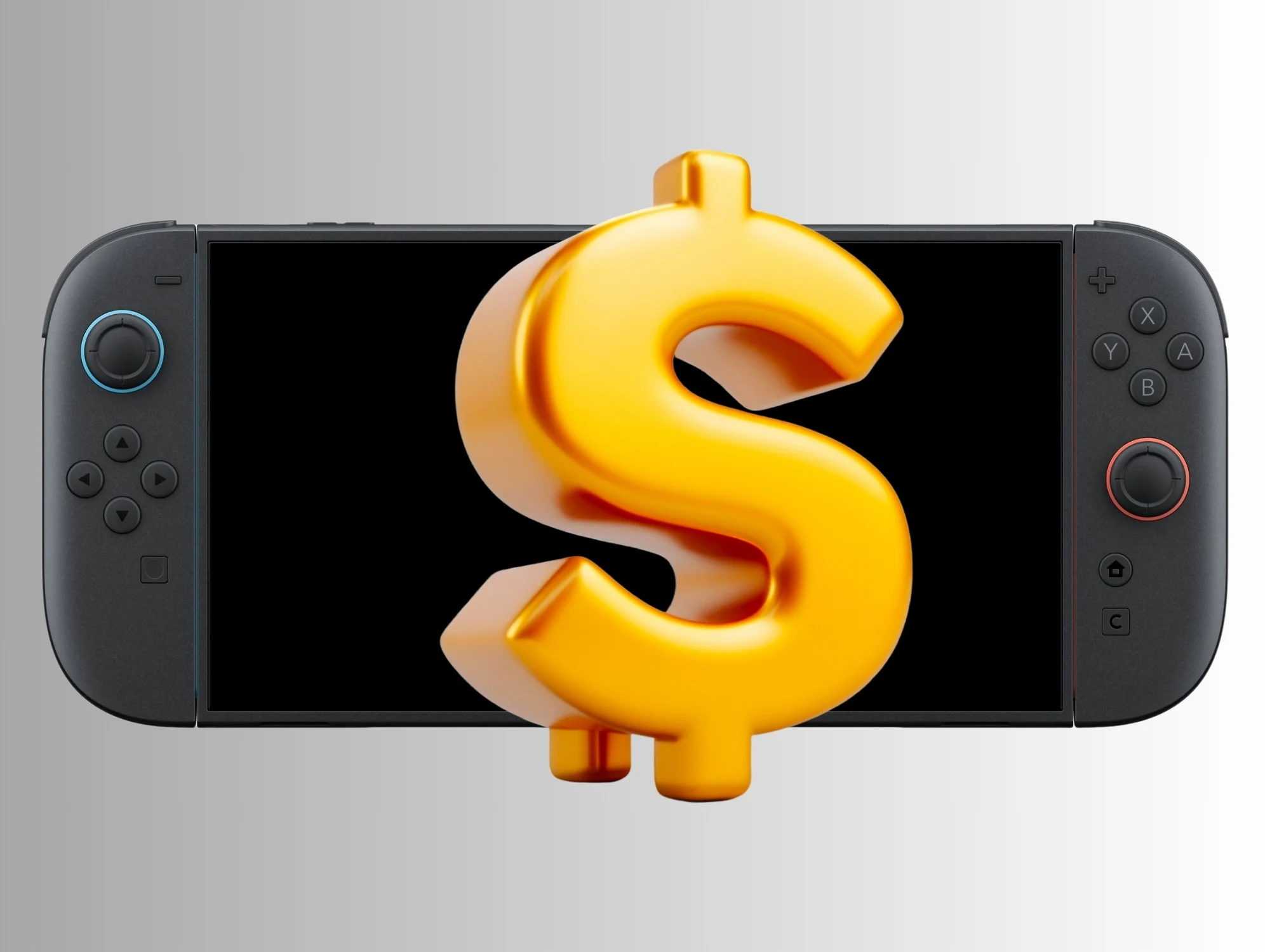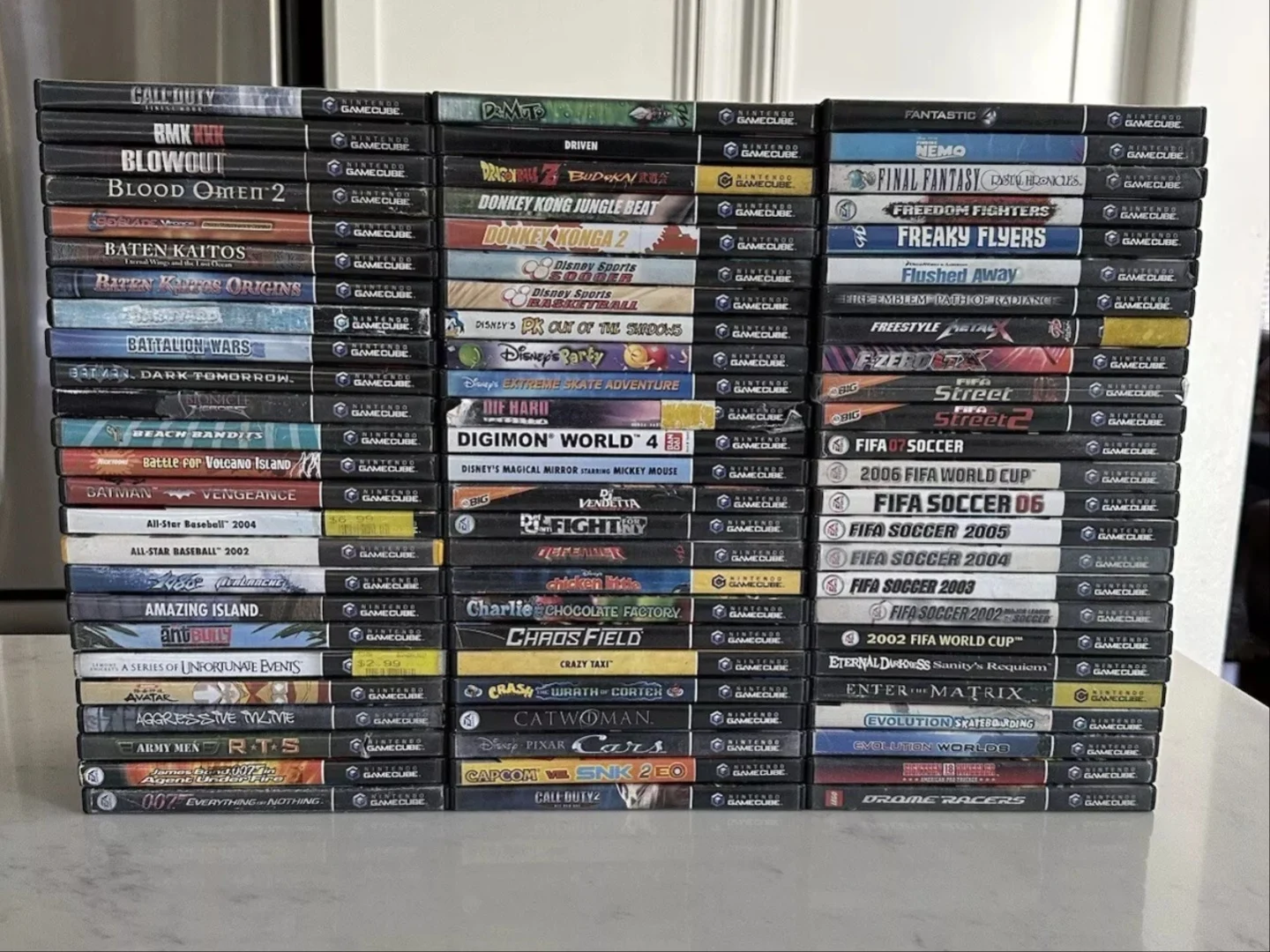Key Takeaways
1. Pre-orders for the Nintendo Switch 2 in the US and Canada have been delayed due to tariffs.
2. Canadian pre-orders, originally set for April 9, have been put on hold indefinitely to align with the US schedule.
3. The launch date for the Switch 2 is still confirmed for June 5, despite the pre-order delays.
4. The US pricing is $450 for the console and $500 for the Mario Kart World bundle; Canadian prices are 630 CAD and 700 CAD, respectively.
5. Despite tariff challenges, the Switch 2 is expected to be the fastest-selling console, with a projected 15 million units to be sold in 2025.
Nintendo Switch 2 pre-orders in the US have been pushed back due to tariffs, and Canada is now facing a similar situation. The handheld device was supposed to be available for pre-order in Canada starting April 9, the same as in the US, but this has now been put on hold indefinitely. Nintendo hasn’t given any updates on when the Switch 2 will be available for pre-order in either country.
Pre-Order Timing Adjustments
As reported by Mobile Syrup, Nintendo stated that pre-orders for the Switch 2 in Canada will not launch on April 9 “to align with the timing of pre-orders to be determined in the U.S.” More details will be shared later, but the launch date of June 5 is still set in stone, for the moment.
Understanding the Delay Reasons
The hold-up in pre-orders for the US is due to tariffs, as the company believes it needs to “assess the potential impact of tariffs and evolving market conditions.” Canada’s delay in pre-orders isn’t much of a shock since it is one of the major countries affected by the tariffs that were put in place by President Trump’s administration.
Pricing and Expectations
The price for the Nintendo Switch 2 is set at $450 in the US, whereas the Mario Kart World bundle is priced at $500. In Canada, the console costs 630 CAD, and the bundle is at 700 CAD. The company is maintaining the June 5 launch date, suggesting that they anticipate the issues caused by tariffs and pricing concerns to settle by then.
Even with the tariffs, the Switch 2 is projected to become the fastest-selling console ever, with an estimated 15 million units expected to be sold in 2025, even though sales will only start halfway through the year.
Source:
Link





